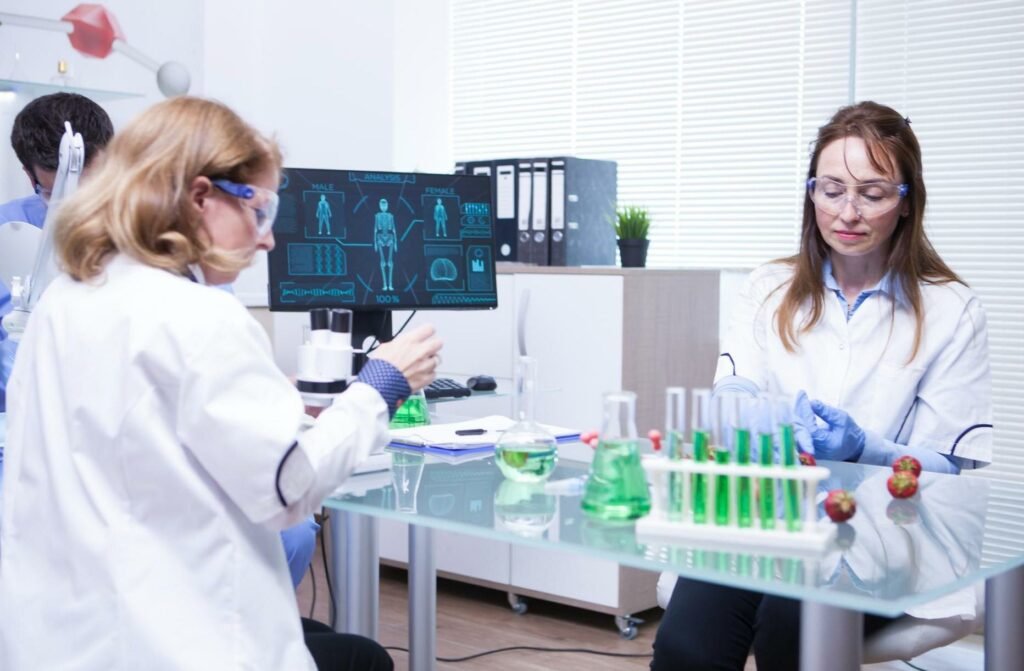The journey of a single pharmaceutical product, from the moment of its conception in a scientist’s mind to the very moment it reaches the hands of a patient, can be a long and challenging one. Each stage is marked by intricate research, rigorous testing, and a multitude of considerations that ensure not just the efficacy, but also the safety of the product. And in a world where health crises can emerge unpredictably, the speed and efficiency of this development process has never been more crucial. Yet, despite the urgency, every step is methodically and meticulously taken, underscoring the importance of providing better healthcare to patients and ensuring their safety and wellbeing. Below we’ll explore the key phases in the pharmaceutical product development process, as well as some of the most important things you need to know about each of them.

Discovery And Conceptualisation
The initial phase in the development of any new drug is grounded in research. Scientists, drawing from biology, chemistry, and medicine, work to understand diseases at a molecular level and then use this understanding to identify potential treatments. This might involve creating new molecules or, increasingly, using biotechnology to produce therapeutic compounds. At this early stage, thousands of potential drugs might be considered, but only a select few will progress to the next stage.
Preclinical Testing
Before a new drug can be tested in humans, it undergoes a series of rigorous preclinical tests. These experiments, usually conducted in laboratories and on animals, evaluate the safety and efficacy of the drug. A key part of preclinical testing is the toxicological assessment, where you will get to work with a team of toxicology consultants. Companies like Broughton Group specialise in evaluating the safety profile of the drug, ensuring that it won’t have harmful effects when administered to patients. By understanding potential risks early on, developers can make informed decisions about whether to proceed with human trials. A toxicology risk assessment is crucial for understanding the toxicological impact of your ingredients.
Clinical Trials
After a medication clears its preclinical evaluations, it progresses to the stage of human testing. The first of these tests engages a limited set of volunteers, primarily to assess the drug’s safety and to observe its interactions within the human system. This stage lays the foundation for the subsequent one, which encompasses a broader pool of volunteers, helping researchers to gauge the optimal dose and the medication’s effectiveness. Then, the concluding stage seeks to reaffirm the medication’s benefits while tracking any adverse reactions across a varied demographic.
Regulatory Review And Approval
The final and perhaps the most critical step in the pharmaceutical product development process is obtaining approval from regulatory authorities. This step ensures that the new drug or treatment is not only effective but also safe for public consumption. During the review, the regulatory body may raise questions or request additional data. Based on the accumulated evidence and the outcome of the reviews, the regulatory body will either approve the drug, request further studies, or decline the application. An approved drug is then ready to be manufactured on a large scale and introduced to the public, providing patients with a new therapeutic option.
